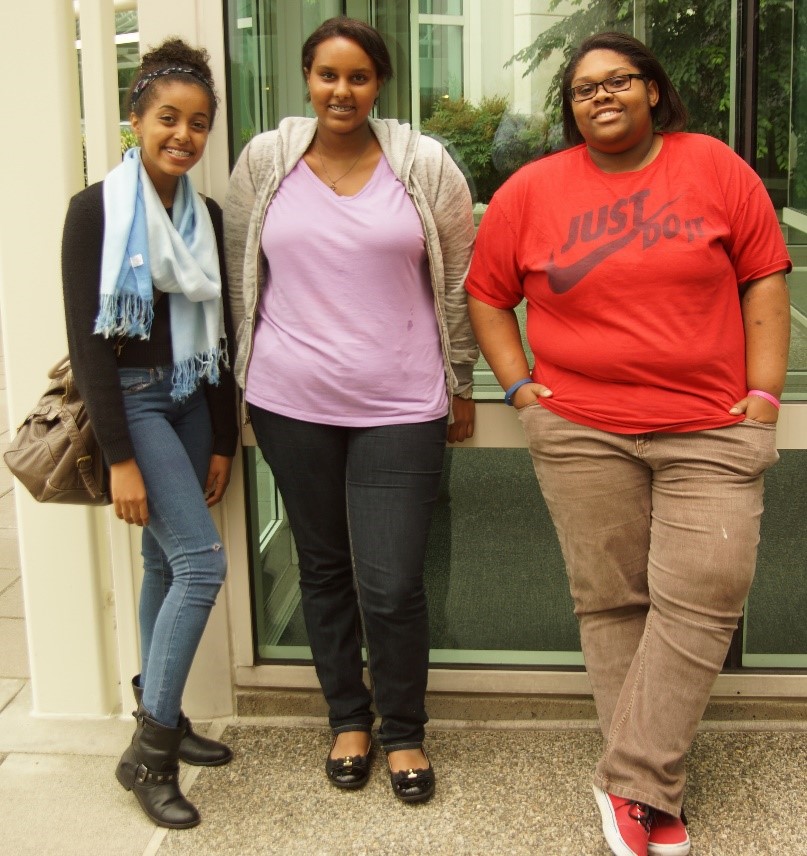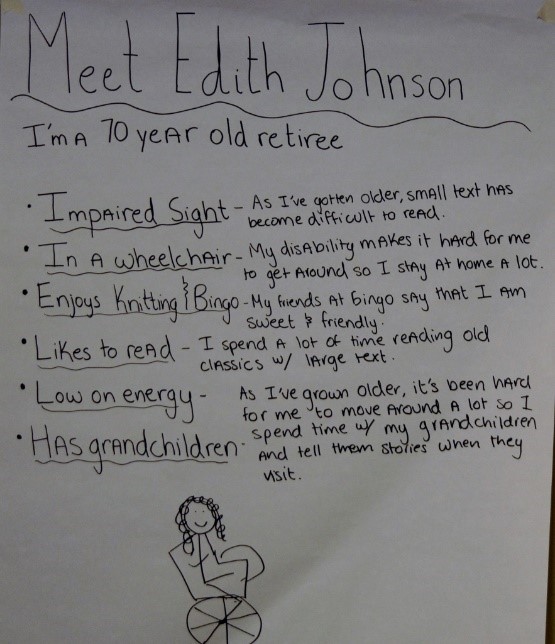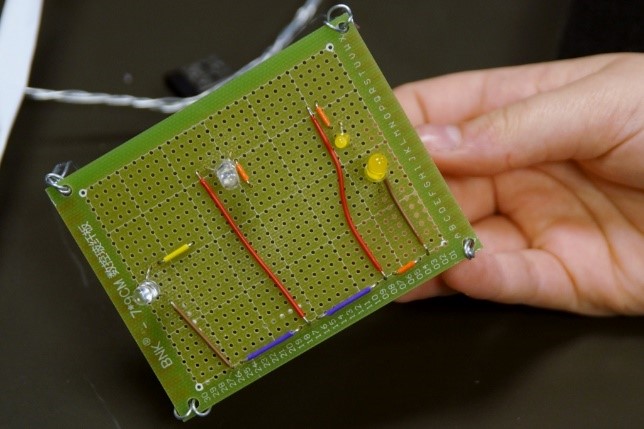Seattle girls learn the "undercover greatness" of computer science
By Yvonne Thomas, Senior Program Manager, Microsoft Citizenship & Public Affairs
Since the age of five, Hana Yohannes knew she wanted to create apps and work with technology for a living. “I saw so much power in computers in terms of what they can do for us,” she says.
The 16 year-old Seattle high school student is one of 20 girls who spent their summer on Microsoft’s campus participating in Girls Who Code, a program we support as a part of Microsoft YouthSpark.
Girls Who Code is an intensive seven-week immersion that offers hands on, project-based computer science education while providing a glimpse into life at some of the most vibrant technology companies. Participants learn several coding languages, mobile app development, how to program robots, and web design. Students are paired with female mentors, take field trips to meet other professionals, and learn how computer science is applied to the world on a day-to-day basis.
Price Jimerson, another Girls Who Code participant, first became hooked on computer science through another YouthSpark program: Technology Education And Literacy in Schools (TEALS). TEALS pairs engineers from companies such as Microsoft with classroom teachers to teach computer science daily in 70 schools in 12 states. Price was excited when she learned that she would work with a Windows Phone every day through TEALS. “Then I realized it was hard work,” she acknowledges. But soon she was creating apps and even posting them in the Windows Phone Store.
“Computer science is the greatest opportunity there is,” Price explains. “But it’s an undercover greatness because most kids don’t know about it.”
That’s exactly what we’re addressing through Microsoft YouthSpark: helping more young people imagine the possibilities they unlock for themselves, their families, their communities and the world by learning how to use, create and apply technology.
One of the ways that Girls Who Code teaches how computer science is applied at companies such as Microsoft is by giving participants the opportunity to “work backwards,” by visualizing how a certain person’s needs can be addressed with technology. Price’s team dreamed up an imaginary 70 year-old retiree named Edith Johnson, who requires a wheelchair and has impaired vision. But Edith, according to Price, still wants to go to the Seattle Art Museum. Their solution was to create an app that uses geolocation to provide large-text descriptions of exhibits nearby, making Edith’s overall visit more convenient and enjoyable.
Girls Who Code participants at Microsoft’s headquarters in Redmond, Washington were also able to design elements of physical computing. They worked with Arduino, an open-source electronics platform to build apps that interact with sensors and microphones. Hana and her team created a circuit board that turns a music app on and off with the clap of a hand.
Girls Who Code and programs like it tackle one of the tough challenges that we’re working to address through YouthSpark – that too few young people have access to computer science education. Too few receive hands-on experience with the kinds of hardware and software that Girls Who Code provides.
“Being in the computer science field had always been something that I thought about but never really had the tools or resources to delve deeply into,” observes Bemnet Assefa, a junior at the Evergreen High School Campus in Seattle’s Highline School District. “The Girls Who Code Summer Immersion program provided me with the opportunity. That’s why I’ve dedicated my summer to it, and I don’t regret it one bit.”
Bemnet also enjoyed spending time on Microsoft’s campus. “The environment is very laid back and there are a lot of resources that are available,” she says.
As they wrapped up their summer at Microsoft, Hana, Price and Bemnet reflected on how to reach other girls, and young people in general, about the near-infinite possibilities technology education presents. They agreed that common perceptions need to be confronted. “People think technology companies are full of geeks who wear thick glasses and don’t go outside,” Price observed, in a building situated a block away from one of Microsoft’s soccer fields. “Really it’s an awesome culture of people who do coding for the greater good.”
If you are inspired by these terrific young women, and want to learn about what a career in technology might hold for you, we invite you to visit our YouthSpark Hub, a place to explore free resources, such as coding lessons, and programs to help you imagine and create a better future. By accessing these and other opportunities, you, too, can be a girl (or a boy) who codes.


